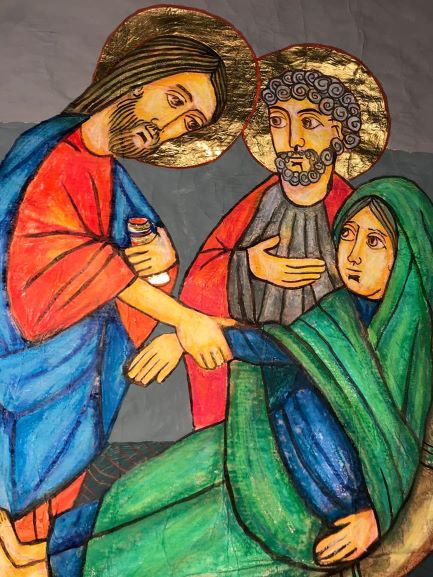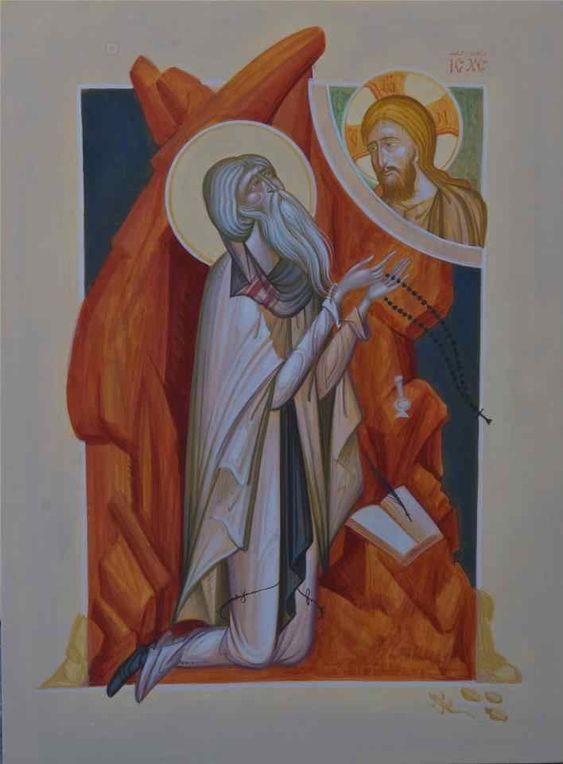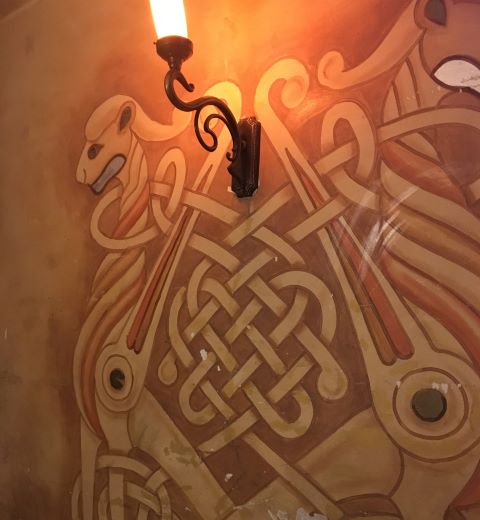

Sobre himnodia céltica:
D. N. Dumville., Liturgy and the Ecclesiastical History of Late Anglo-Saxon England: Four Studies
1992 Woodbrigde
ISBN 0-85115-331-3
Presenta una impresionante bibliografía.
Obras clásicas:
Bernard, J. H., – R. Atkinson (ed. y tr.), The Irish Liber Hymnorum, 2 vols, Henry Bradshaw Society 13, 14, Londres: Henry Bradshaw Society, 1898.
Todd, James Henthorn, Leabhar imuinn: the Book of Hymns of the ancient Irish Church, 2 vols, Dublin: Irish Archaeological and Celtic Society, 1855–1869.
Sobre el célebre himno «Altus Prosator»:
| Title | Altus Prosator |
| Ascribed to | Colum Cille |
| Description | Latin hymn |
| Manuscripts | Continental manuscripts:[1]
1. Milan, Biblioteca Ambrosiana, MS M 32 sup, ff. 83—85 2. Montpellier, École de Médecine, MS 218, ff. 79—81 3. Orléans, Bibliothéque municipale, MS 169 (146), ff. 300—308 4. Munich, Bayerische Staatsbibliothek, MS Clm. 18665, f. 229 Irish manuscripts: 1. Dublin, Royal Irish Academy, MS 23 P 16 (Hodges & Smith 224, 1230) = Leabhar Breac [s. xvin], pp. 237a—238a » Heavily glossed. Text with Irish prose introduction. Altus Prosator proper begins on p. 237b 2. Dublin, Trinity College, MS 1441 (E 4. 2) = Liber Hymnorum [s. xiex-xiiin], ff. 11—13 » Heavily glossed. Lacks stanzas 14-21. 3. Dublin, University College, MS Franciscan A 2 = Liber Hymnorum [s. xiex-xiiin], pp. 2—8 » Text with preface and some glosses. The hymn proper begins on p. 3. English manuscript: 1. London, British Library, MS Cotton Galba A xiv, ff. 7—19 » MS from Winchester |
| Language | Latin |
| Date | “written in Ireland or Britain, in his [Columba’s] time or not long afterward” (Carey).[2] “Its affiliations in style and language together with its sources and what may be traced of its early history, are entirely compatible with its having originated in Ireland in the seventh century” (Stevenson).[3] |
| Provenance | Irish |
SOURCES
Editions
Critical editions
| Blume, Clemens, “Pars altera: Hymnodia Hiberno-Celtica saeculi V.IX.”, in: Blume, Clemens (ed.), Die Hymnen des Thesaurus Hymnologicus H. A. Daniels und andere Hymnen-Ausgaben. I. Die Hymnen des 5.-11. Jahrhunderts und die Irisch-Keltische Hymnodie aus den ältesten Quellen, Analecta Hymnica Medii Aevi 51, Leipzig: O. R. Reisland, 1908. 257–364. |
| Bernard, J. H., and R. Atkinson (ed. and tr.), The Irish Liber Hymnorum, 2 vols, Henry Bradshaw Society 13, 14, London: Henry Bradshaw Society, 1898. |




















Podemos escuchar el «introitus» de hoy
https://app.neumz.com/listen/missa-venite-adoremus-2/07-02-2021
La himnodia celta es un bosque profundo, una selva difícil de explorar.
Se está mejor en la casa de Simón y su suegra con tan buenos invitados.